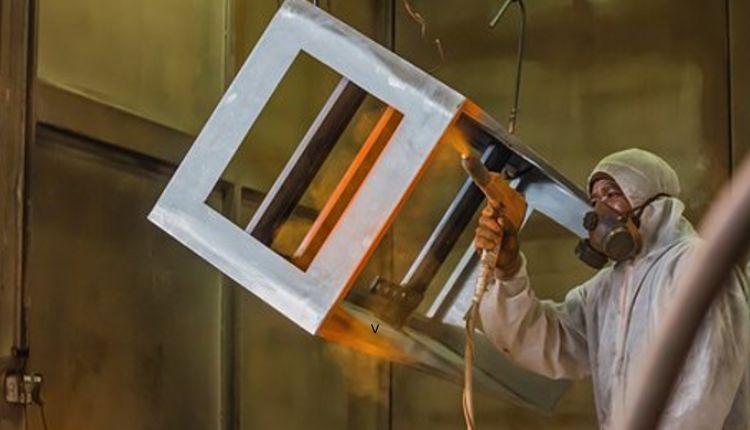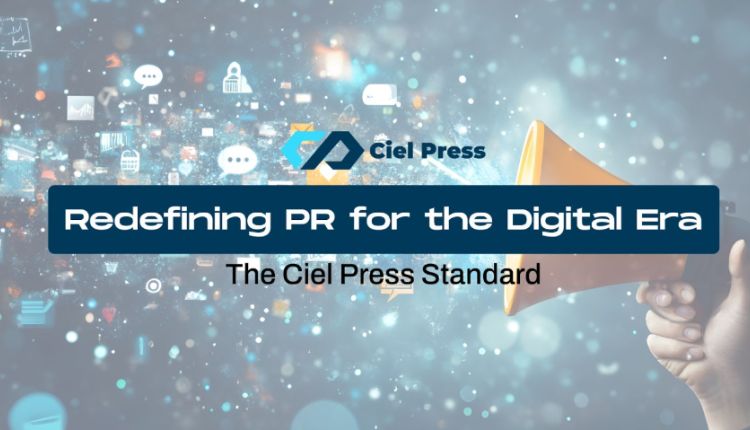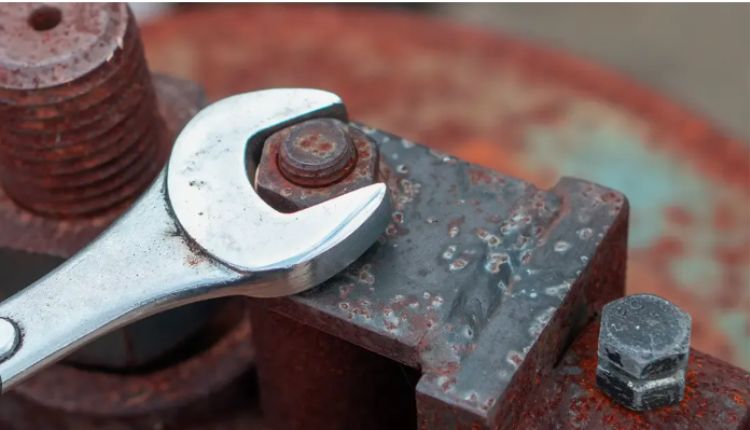Countless companies across various industries are powder coating their merchandise. The question is – Are you?
The technology is as popular as it was when it was first introduced years ago. What’s the reason behind this?
Well, that’s because powder coating creates a high-quality, durable finish that is resistant to scratches, corrosion, and abrasion. More importantly, it’s a cost-effective finishing option that enhances a product’s physical and mechanical properties.
If you’re interested in learning more about how your products can benefit from powder coating finishing, you’ve come to the right place. I’ll discuss the powder coating process, the advantages of powder coating, industries that are currently using this technique, and much more.
But let’s take it from the top, shall we?
What is Powder Coating?
Powder coating is a type of finishing technique using a special dry powder. This powder is applied to the product that needs to be coated and then cured to ensure it adheres to the surface. The powder consists of several ingredients (polymer resins, curatives, pigments, leveling agents, flow modifiers, etc.) mixed, melted, cooled, and ground into powder.
What are the Benefits of Powder Coating
There are several advantages of powder coating, some of which are as follows:
Versatile
Powder coating creates a sturdy, glossy, waterproof finish, which makes it ideal for multiple indoor and outdoor applications. Plus, the same products can be coated in different colors or finishes. That makes it a great option for companies who want to expand their product range.
What’s more, powder coating can be applied to multiple surfaces, such as metal, concrete, steel, and plastic. This makes it a suitable option for coating products used in various industries, including architecture, medicine, avionics, automobile, electronics, etc.
Increases Durability of Products
Powder coating covers the entire product with a thick, protective layer. This makes the merchandise more resistant to corrosion, scratching, fading, and abrasion. Yep, you guessed it. Powder coating is an easy way to improve the quality of a product. The technique not only makes a product look better but also makes them last longer.
Cost-Effective Coating Process
The powder coating process entails imparting a positive electric charge on the powder and then spraying it with an electrostatic paint sprayer. This process reduces paint wastage caused by overspray, which often is a problem with solvent-based paints.
Furthermore, the powder coating process requires minimal training, so employees can start working right away and contribute to the business’s bottom line.
Less Toxic
Powder coating is a much safer process than traditional liquid coating. The latter releases volatile, flammable compounds into the atmosphere, some of which can be toxic. On the other hand, negligible amounts of compounds are released during the powder coating process. It’s more environmentally friendly and safer.
Is Powder Coating a Better Option than Liquid Painting?
I’m sure this question must have been lurking in your mind. So, if you’re looking for a one-word answer, then – yes. Powder coating finishes are more durable, cheaper, and safer to apply than traditional liquid paint finishes.
Since the application process requires fusing a dry powder onto the surface using an electric charge followed by a curing process, the powder coated surface isn’t easily damaged as a conventionally painted surface. In fact, powder coating is quite resistant to chipping, scratching, or rusting.
However, having said this, the key to top-notch powder coating finishes is to utilize a professional powder coating service. The company has the skills, technology, and experience to coat your merchandise properly.
Types of Powder Powder Coating Finishes
Manufacturers use different powders depending upon the material of the product (metal, steel, plastic, etc.), the cost, the type of powder coating process being used, and the kind of finishing quality that is required.
Two commonly used powder coating materials are:
Thermoplastic Powder Coating
Thermoplastic finishes melt at high temperatures and solidify when cooled. This property enables this powder coating material to be easily reused. And since thermoplastic coatings are thicker, they offer a strong finish to whatever material they coat, such as auto parts, refrigerators, etc.
Different thermoplastic powder coating materials include polyvinyl chloride (PVC), polyester, and nylon.
Thermoset Powder Coating
Thermoset finishes are cheaper than thermoplastic finishes. One of the biggest differences between the two types is that thermoset coating materials react with heat to form chemical bonds. Long molecular chains with high cross-link densities are created. And since the reaction is not reversible, it cannot be recycled. However, this makes thermoset finishes suitable for products exposed to high heat.
Different thermoplastic powder coating materials include epoxy and acrylics.
Understanding the Powder Coating Process
There are several methods of applying powder coatings. Let’s take a moment to go over the powder coating process that is the most common.
Step #1. Pre-treatment
There are various ways to clean and prepare the surface chemically and mechanically. However, the first step focuses on removing contaminants from the surface, such as dirt, dust, rust, grease, etc. This allows the powder coating to adhere better to the surface.
Step #2: Applying the Powder Coating
Manufacturers often utilize two techniques to apply the powder.
Electrostatic Deposition (ESD)
A spray gun releases a charged cloud of powder which adheres to the surface of the grounded product.
Fluidized Bed Application
The product that will be coated is preheated and then dipped into the powder material in a fluidized bed. The coating melts and adheres to the surface.
Step #3: Curing
Once the powder coating has been applied, the products are placed in a curing oven and heated to anywhere between 110°C – 250 °C. Various factors, such as product material and coating thickness, influence the curing temperature and time.
The powder finishing process is complete after the product cools down.
Final Thoughts
Powder coating is an affordable finishing option that can enhance your products, both physically and mechanically. Moreover, it can be easily applied to different materials, making them more durable and resistant to damage.
Companies have been tapping into the potential of powder coating for decades. It’s time you empowered your products with powder coating as well.












